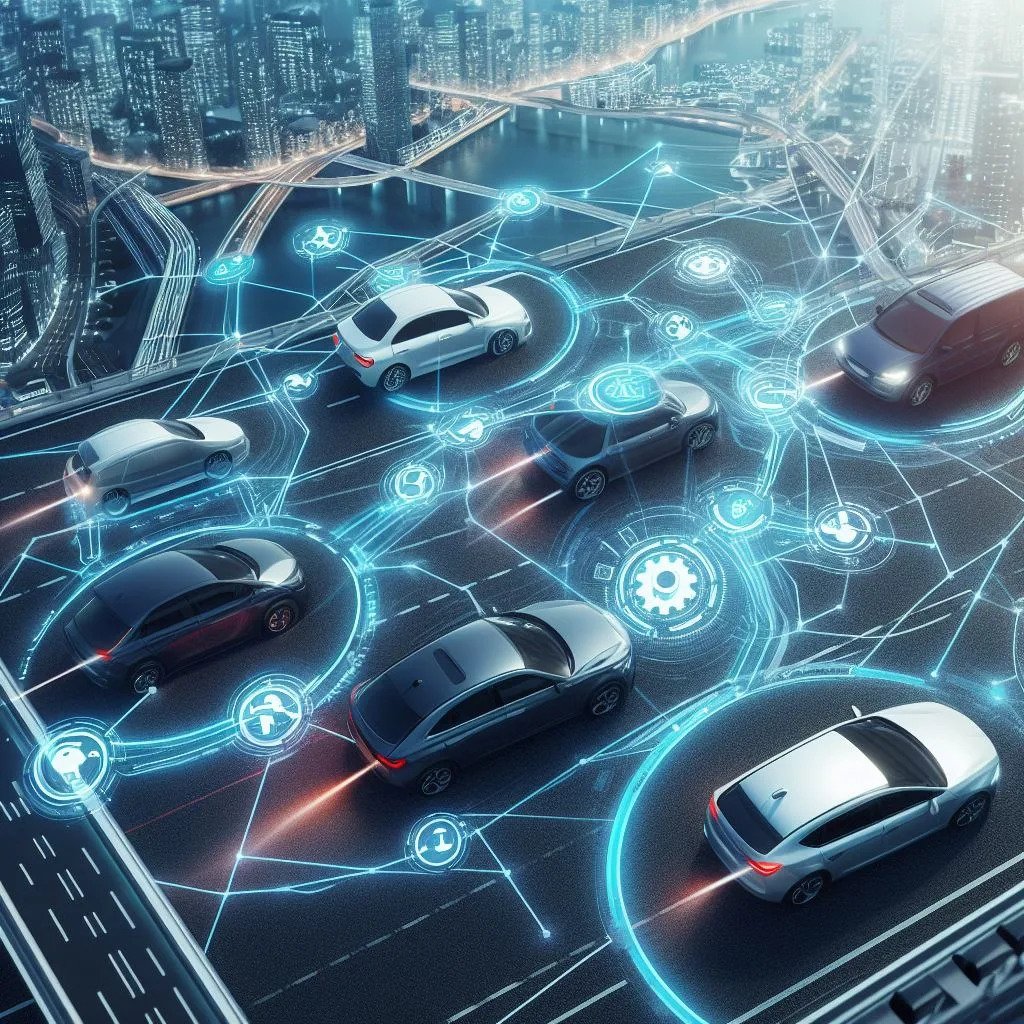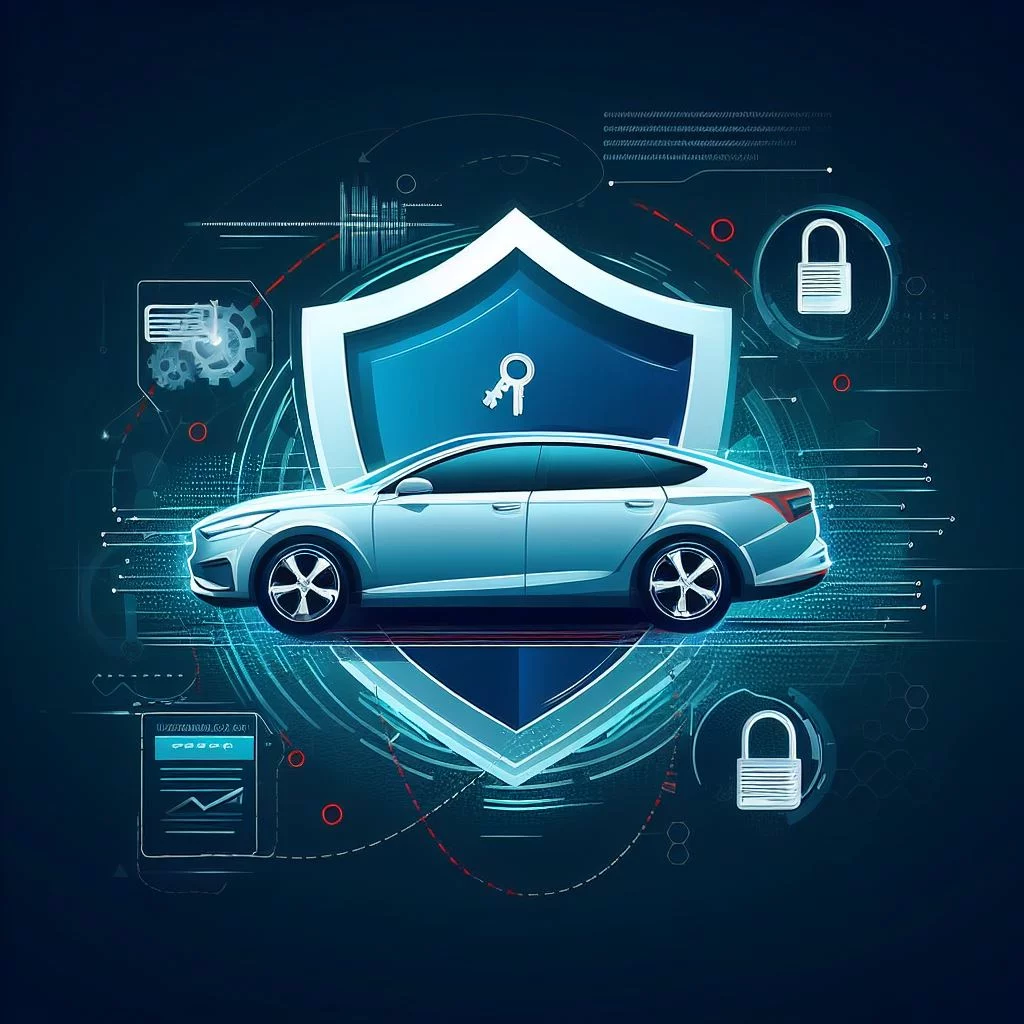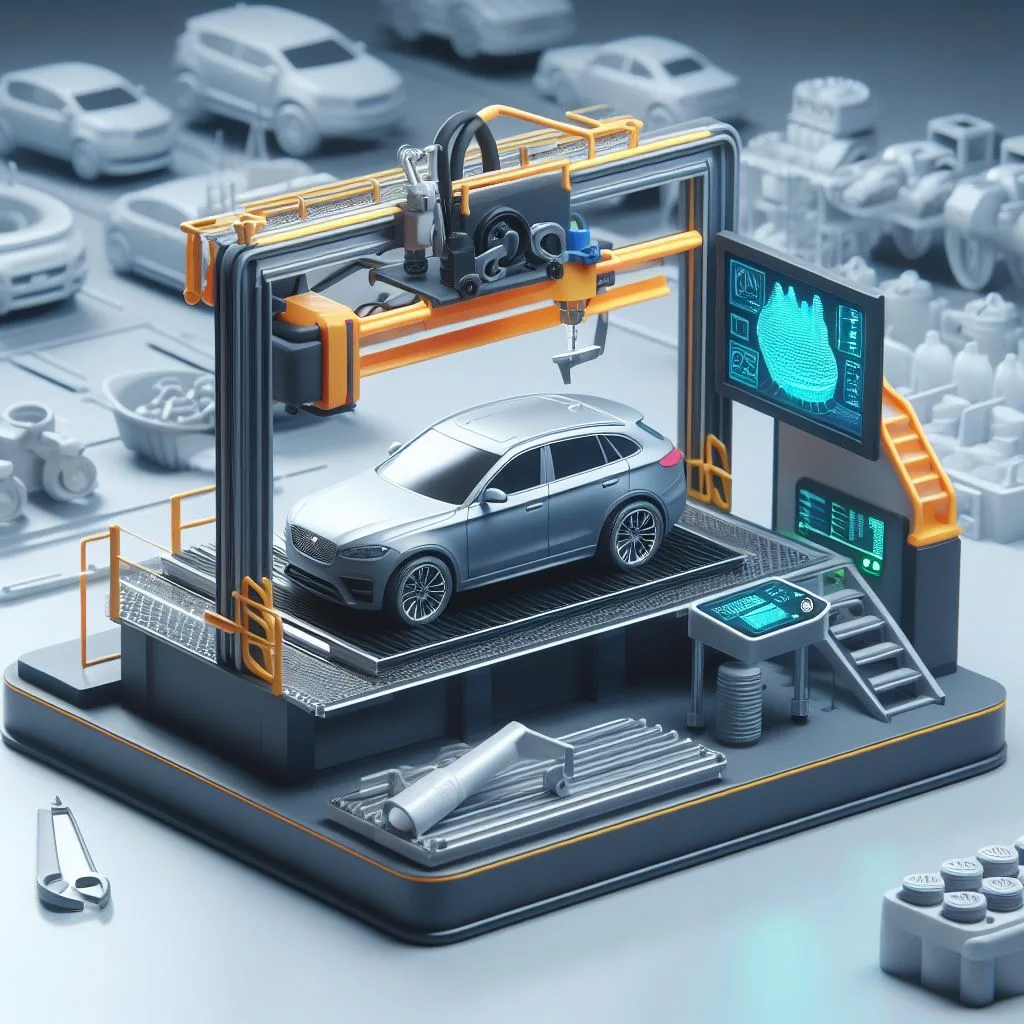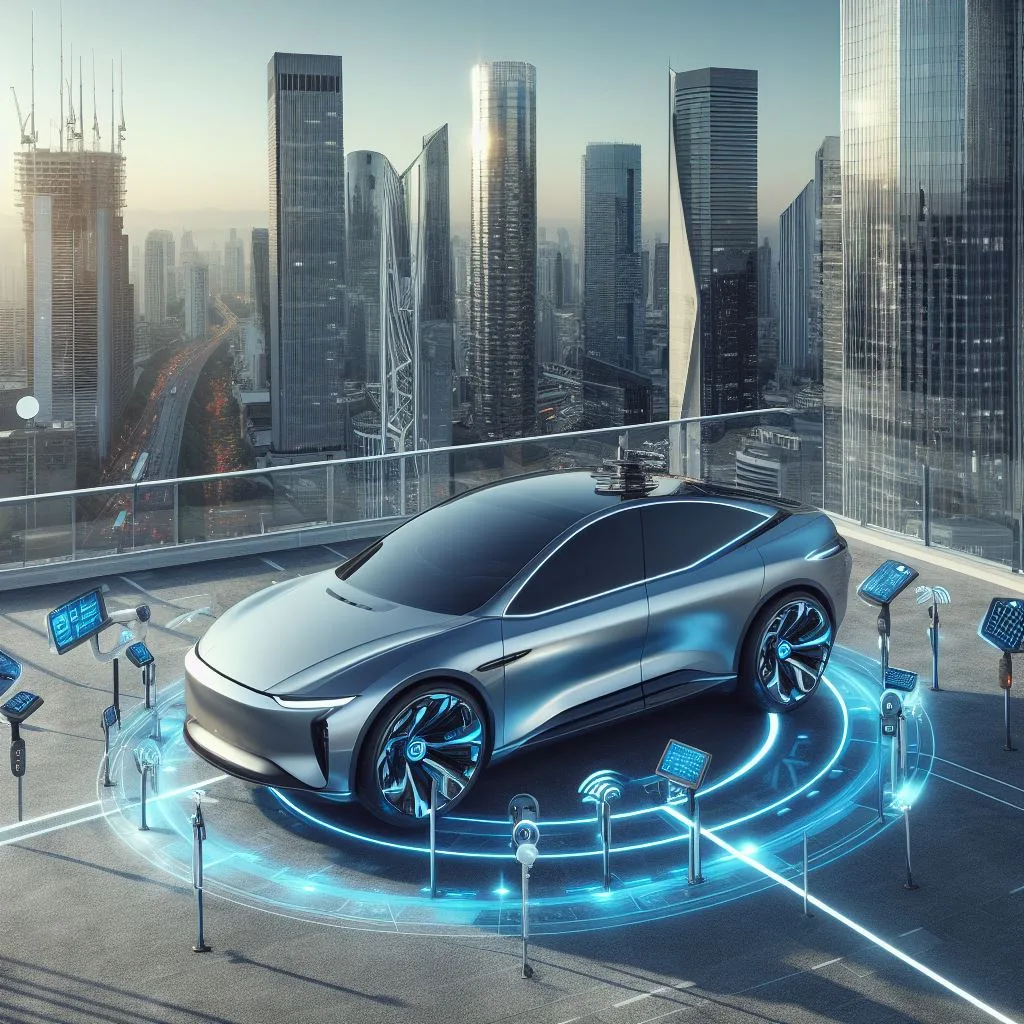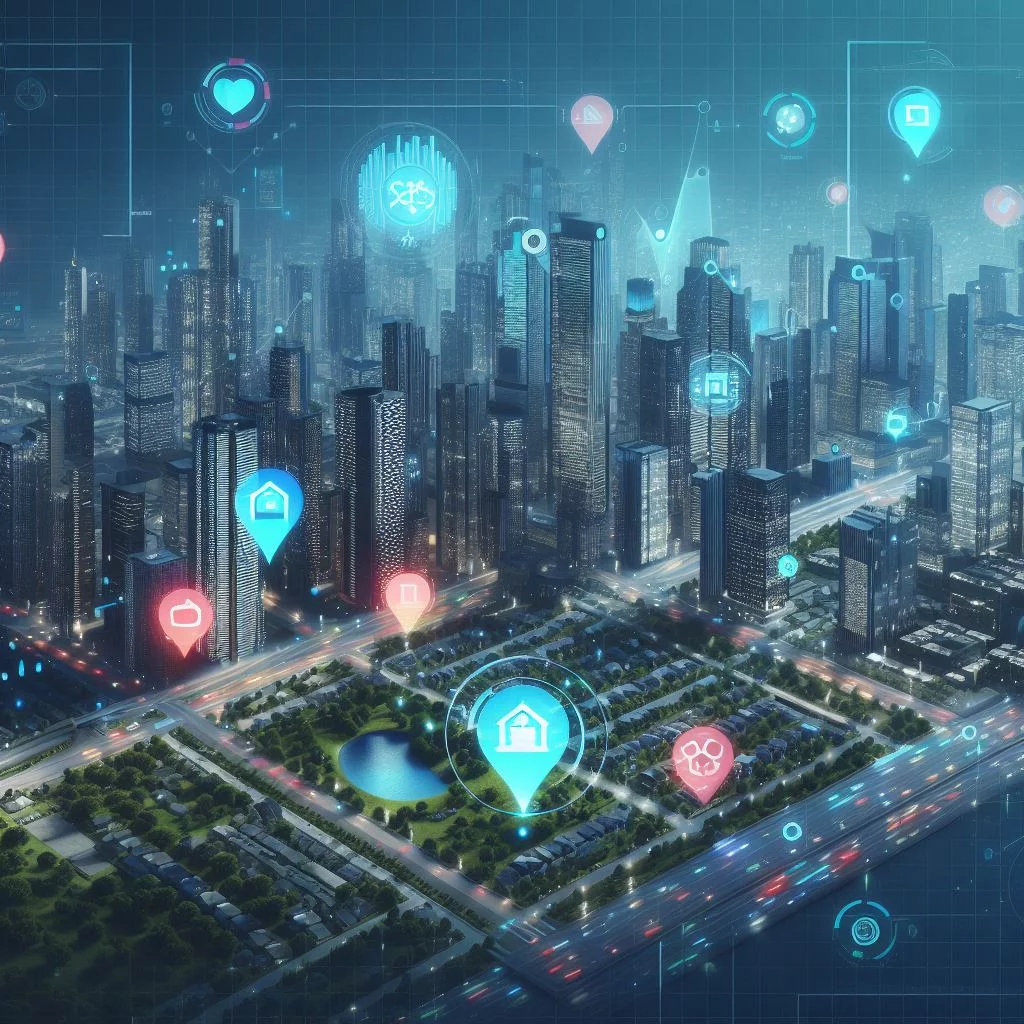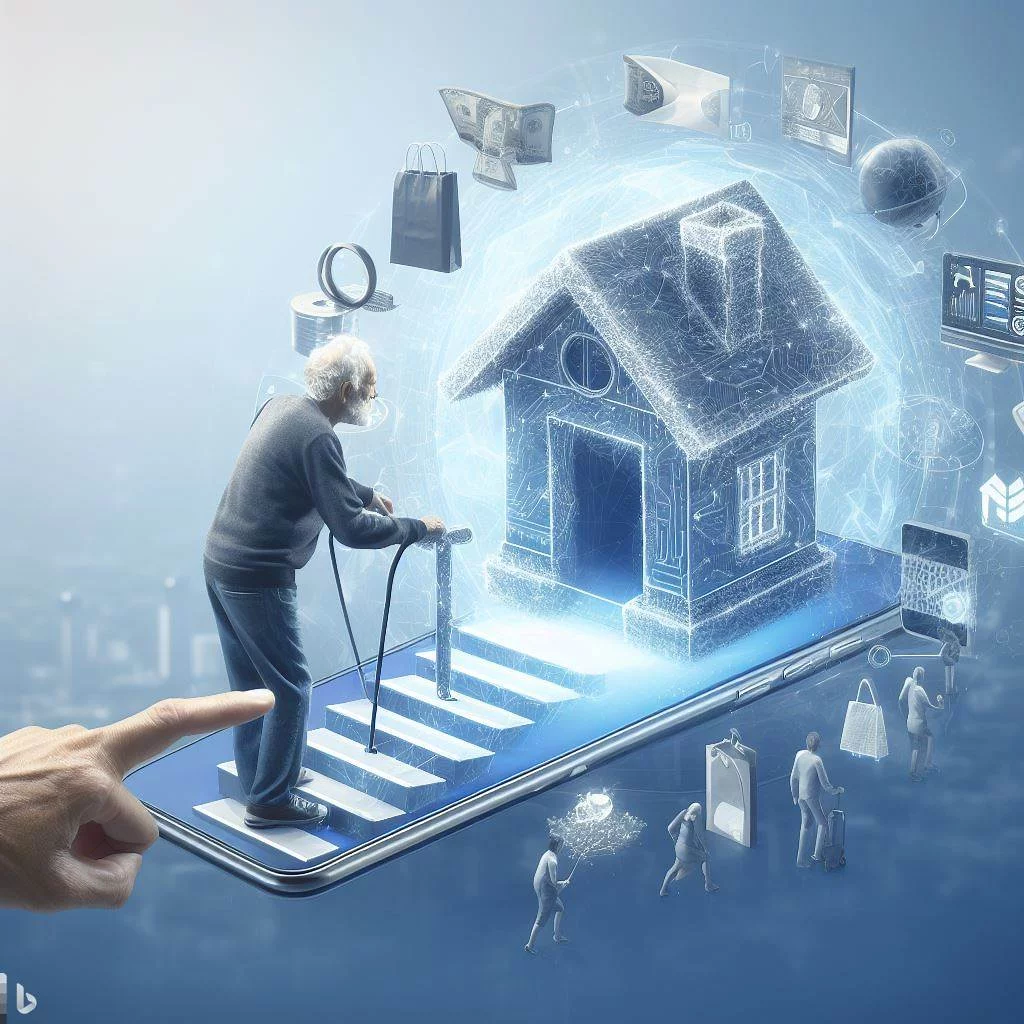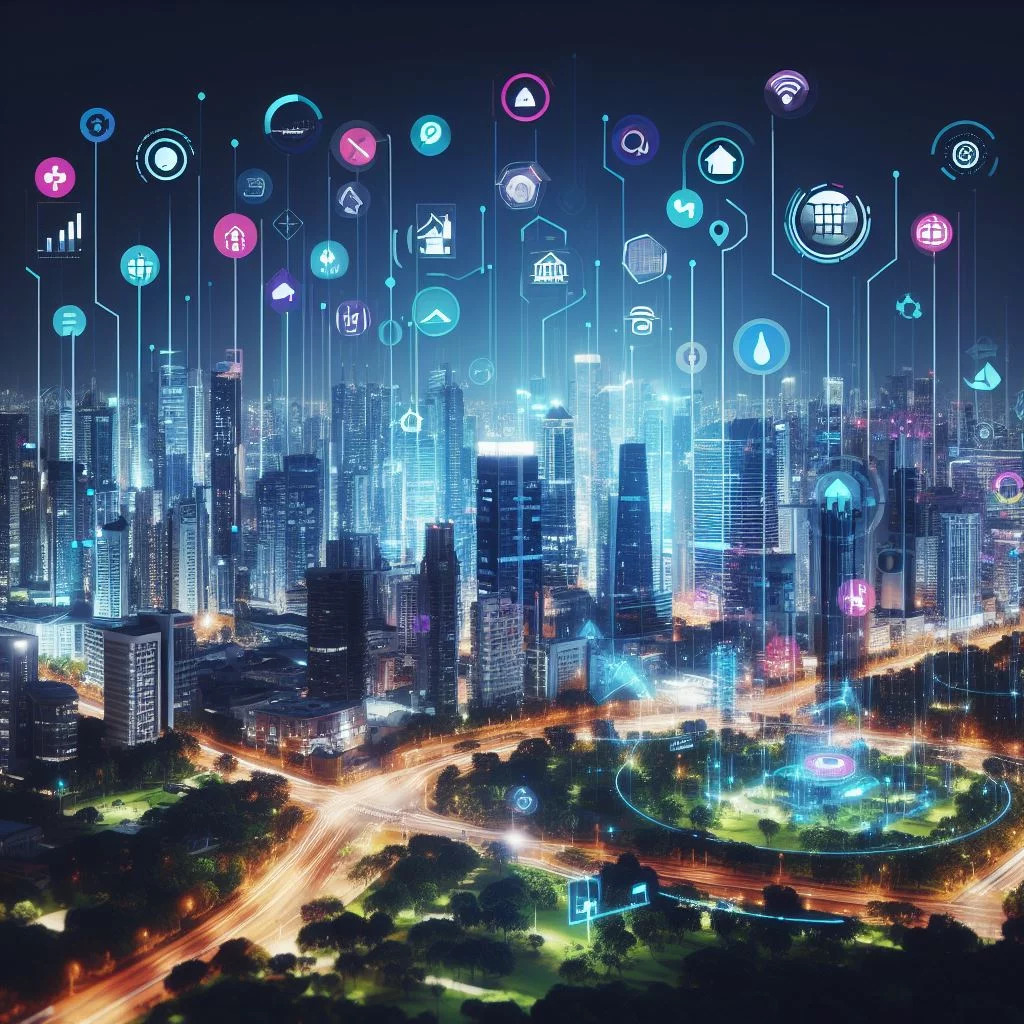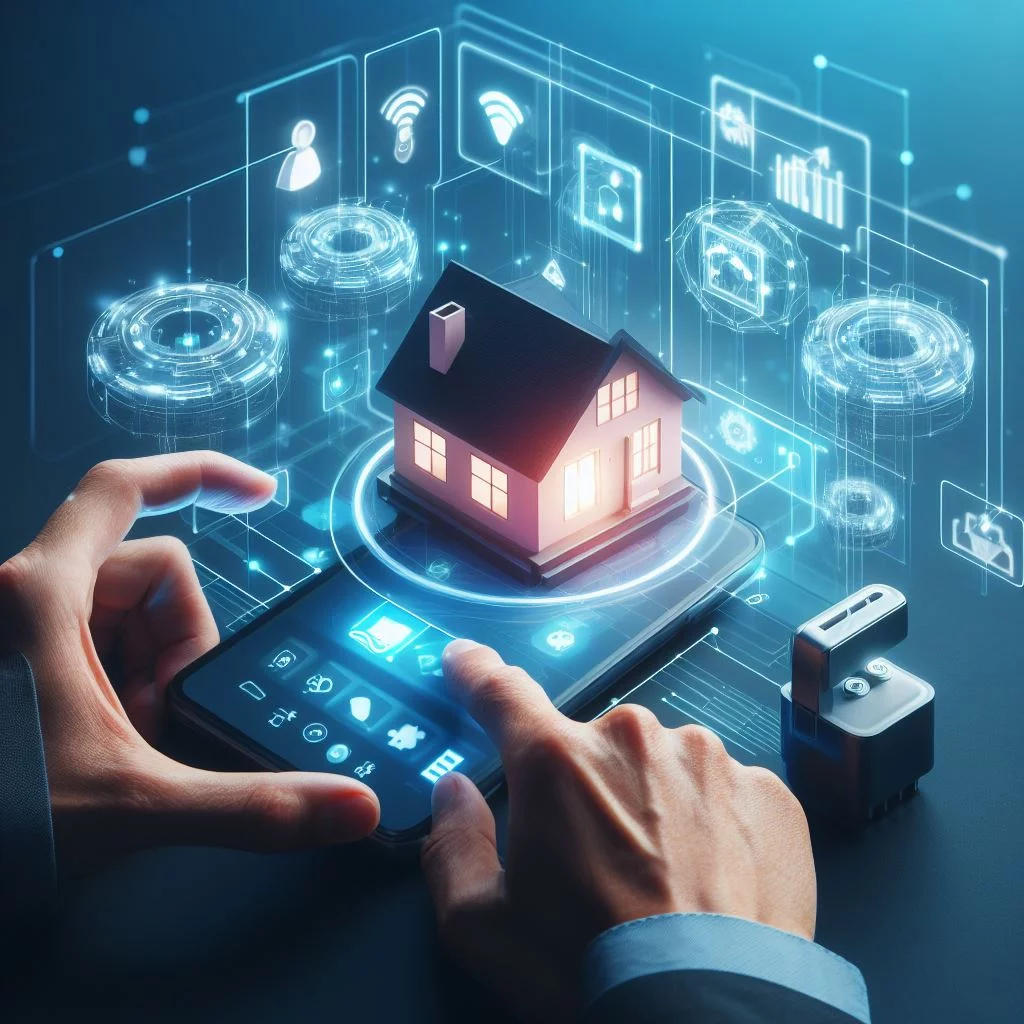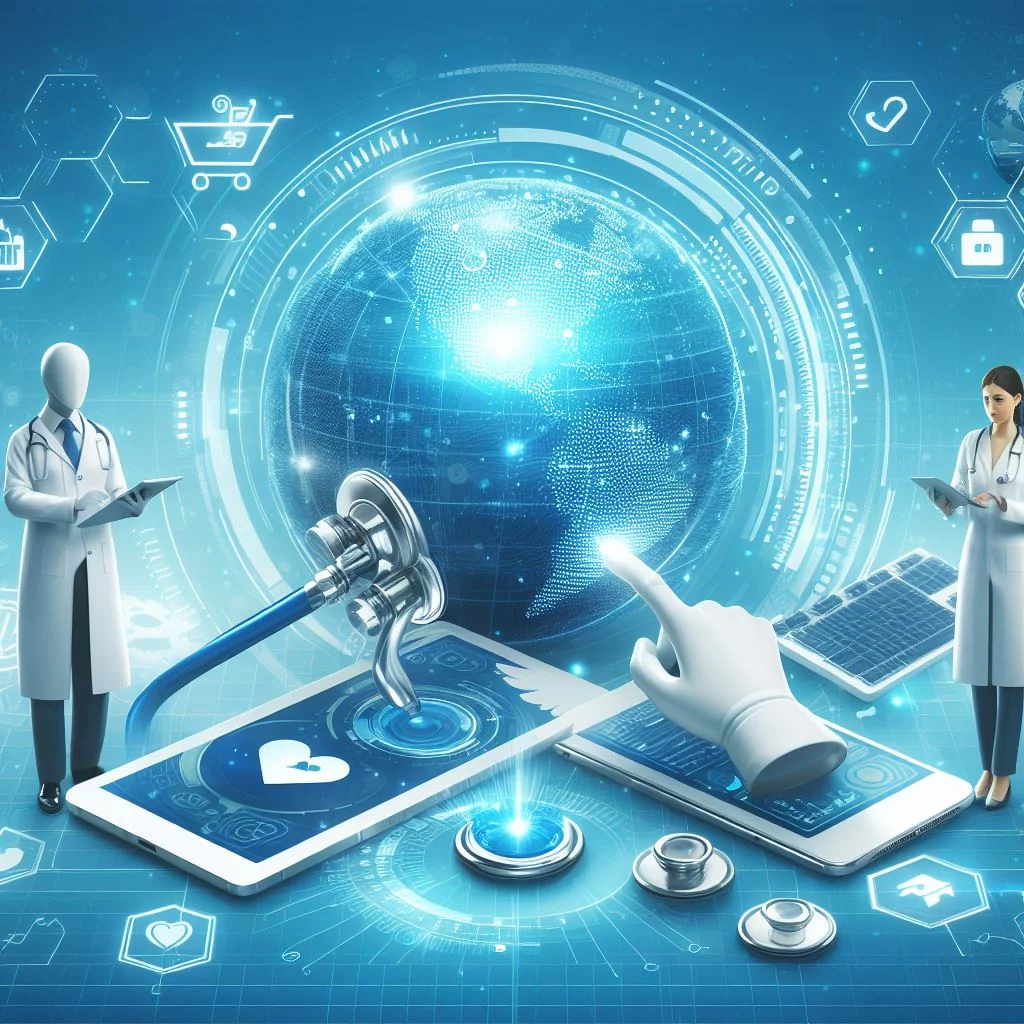The future of connected cars is bright indeed. The Internet of Things (IoT) is spearheading a seismic transformation within the automotive sector. Through the integration of sensors and connectivity directly into vehicles, IoT is unfurling a myriad of novel features and capabilities. These advancements span across a spectrum of enhancements, from bolstered safety and security to heightened fuel efficiency and enriched infotainment experiences. IoT's influence on the automotive landscape is both profound and promising. Let's discuss in detail:
Safety and Security in Connected Cars
Connected cars are equipped with a range of IoT-driven safety features, transforming the driving experience. Collision avoidance systems, for instance, rely on real-time data from sensors to detect potential collisions and provide warnings or even take evasive actions to prevent accidents. Automatic emergency braking systems can engage the brakes autonomously in critical situations, reducing the severity of crashes. Lane-keeping assistance technology helps drivers stay within their designated lanes, promoting safer driving habits.
Moreover, IoT enables real-time monitoring of vehicle health, providing diagnostics and maintenance alerts. Predictive maintenance, in particular, uses data analytics to anticipate and prevent potential mechanical issues, reducing the risk of breakdowns and enhancing overall safety. Connected cars are not only more connected to the internet but also more susceptible to cybersecurity threats. To safeguard against these risks, manufacturers implement robust security measures. Vehicle tracking systems help locate a stolen car quickly, and remote locking and engine immobilization can deter theft.
In addition, comprehensive cybersecurity protocols are integrated into the vehicle’s software systems to protect against hacking and unauthorized access. Regular over-the-air updates keep the car’s software current, patching vulnerabilities and strengthening security. The sharing of data between vehicles and infrastructure is a critical component of future transportation systems, and the security of this data is paramount. Encryption and secure communication protocols ensure the integrity and confidentiality of data transmission.
Fuel Efficiency in Connected Cars
IoT-connected cars are equipped with a multitude of sensors that continuously collect data on various aspects of the vehicle’s performance. They include engine efficiency, fuel consumption, and driving patterns. This real-time data is invaluable in optimizing fuel efficiency. Connected cars use IoT data to manage the engine more intelligently. By analyzing real-time information, these vehicles can make adjustments to the engine’s operation to reduce fuel consumption. For example, the engine can be fine-tuned for better efficiency during highway driving and then adjusted for maximum power during city driving. Many connected cars offer eco-driving features that provide feedback to the driver on fuel-efficient driving practices. These features may include real-time fuel consumption displays and tips on how to optimize driving habits for better fuel efficiency.
Vehicle-to-Infrastructure (V2I) Communication
Vehicle-to-infrastructure (V2I) communication is a groundbreaking technological advancement in connected car technology. It is revolutionizing how vehicles interact with the transportation infrastructure. This innovative concept facilitates real-time data exchange between vehicles and various elements of the road infrastructure. This includes factors such as traffic lights, road signs, and traffic management systems.
Through V2I communication, vehicles can transmit and receive critical information, allowing for various efficient decisions. They include improved traffic flow, enhanced safety, and more efficient transportation systems. For example, V2I enables smart traffic signal timing adjustments based on traffic conditions, reducing congestion and improving traffic efficiency. Moreover, it can provide warnings about road hazards, construction zones, and emergency situations.
Over-the-Air (OTA) updates
With OTA updates, manufacturers can remotely send software patches, enhancements, and even new features directly to a vehicle. It eliminates the need for drivers to visit a dealership for software-related issues.
These updates benefit both manufacturers and vehicle owners. Manufacturers can quickly address security vulnerabilities, improve vehicle performance, and add new functionalities without costly recalls or physical visits. Vehicle owners benefit from enhanced safety, improved fuel efficiency, and a continuously up-to-date vehicle.
OTA updates are especially crucial for autonomous and connected vehicles. It is because software plays a pivotal role in enabling advanced features and ensuring the vehicle’s overall functionality.
This technology is a game-changer, ushering in a new era of efficiency, convenience, and adaptability in vehicle maintenance. As the automotive industry continues to evolve, we can expect OTA updates further enhance the driving experience and vehicle performance.
